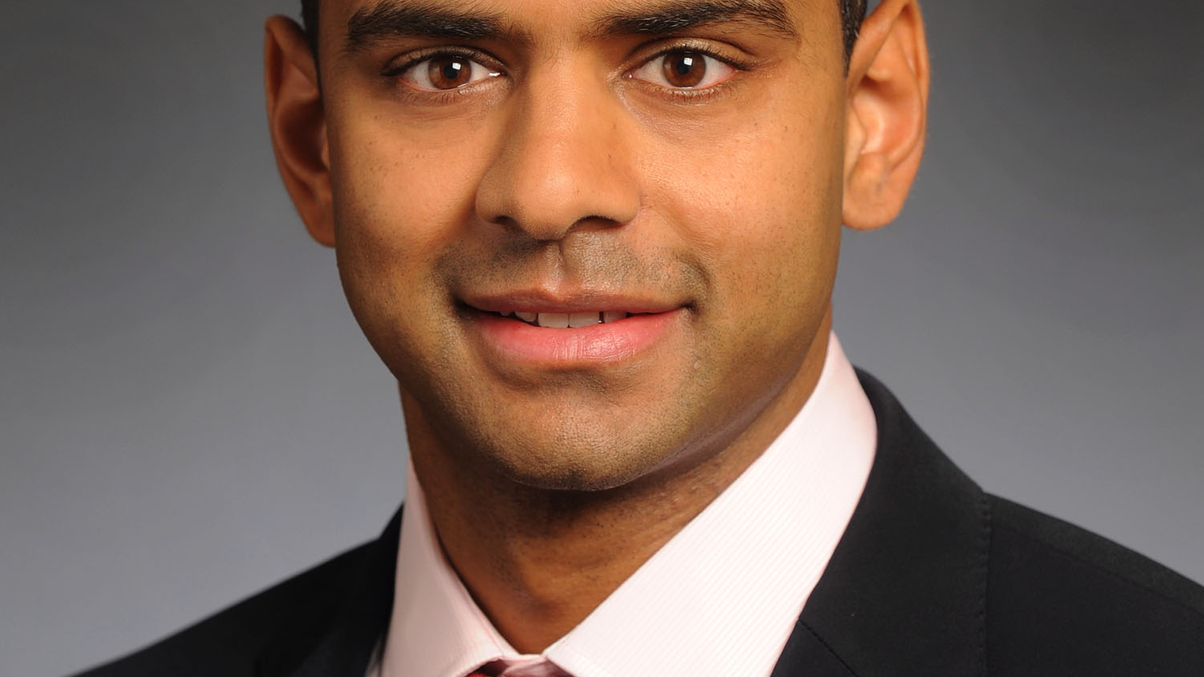Asset owners cut duration, diversify ahead of QE tapering
Nine out of 10 Asian institutions express concern over the Fed's QE slowdown and prospect of rising rates. As they diversify they should outsource more, says Greenwich Associates.

Nine out of 10 Asian asset owners are moving to shorten their fixed-income duration in response to the prospect of interest-rate rises as the US Federal Reserve prepares to taper its quantitative easing programme.
Sign in to read on!
Registered users get 2 free articles in 30 days.
Subscribers have full unlimited access to AsianInvestor
Not signed up? New users get 2 free articles per month, plus a 7-day unlimited free trial.
¬ Haymarket Media Limited. All rights reserved.


